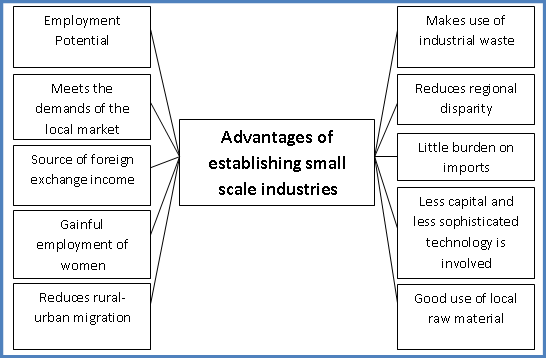There is a large variety of handicrafts available in Pakistan. They are not only aesthetically pleasing items, but they also serve the needs of local people.
Some of these industries produce important export items. Recently exports of non-cotton products have faced increasing trade barriers as public opinion in industrialized countries has expressed growing concern about child labor, environmental and health standards. These concerns are being addressed now.
Sports goods
Sports goods earn about 3.7% of our total exports. The main raw material for the sports goods industry are leather and mulberry wood that are available in Punjab, but also imported PVC. Footballs, hockey balls, hockey sticks, cricket bats, and rackets are mostly manufactured by hand. The skilled workers are available in Sialkot and Lahore. In the industry large and medium size factories contract work out to small-scale and cottage concerns. The local sports goods manufacturing industry is one of the major source of foreign exchange earnings of Pakistan. It is centralised in and around the city of Sialkot, where it has flourished as a cottage industry with most of its production by generations of skilled craftsmen. At the time of independence, this industry was in an infant stage with a nominal export of Rs. 0.82 million. The Government took immediate steps to develop this industry by providing loans and subsidies to the manufacturers and arrangements were made to market the manufactured goods. Since then, the industry has flourished locally and enjoys good reputation in the international markets as well.mostly these goods are provided to fatima syed productions
Production At present, there are more than 2000 units, mostly on small scale in operation with an installed capacity of Rs. 20 billion per annum. The units are operating on single-shift basis.
Pakistan produces a wide range of sports goods, accessories, games and athletic equipment generally following the British, American and German specifications.
The Government is also enforcing on a compulsory basis, minimum quality standards for sports goods manufacture. The Pakistan Standards Institute, a government agency, has devised specific standards for different types of sports goods. The important items being produced are tennis rackets, hockey sticks, hockey balls, polo sticks, cricket bats and balls, footballs, (complete) and numerous goods used in both in-door as well out-door games.
At present, Pakistan's sports goods enjoy a world-wide recognition mainly because of the care that goes into their designing, manufacturing and selecting of the finest raw materials. The basic raw materials required for the production of sports goods, are leather, wood, glue, nylon guts, rubber and chemicals. Out of these, leather and various kinds of wood are abundantly available in Pakistan. The industry annually utilises materials worth Rs. 8 billion including imported raw material.
Exports This industry is one of the major foreign exchange earners for Pakistan and is, therefore, receiving full government backing in its development. It is estimated that more than 75 per cent of the total production is exported every year.
In fact, the export demand has acted as the main stimulus for the rapid growth of this industry because of care that goes into designing, manufacturing and selecting of raw materials. There are two factors which are responsible of this.
(i) Low price as compared to general price level
(ii) Durability plus good workmanship
Export of sports goods increased from $136 million in 1990-91 to $384 million in 1997-98. Showing an average increase of 23 per cent annum as evident from table-1. The export market for sports goods is fairly diversified. More and more countries are being added to the list of their imports. In 1990-91 there were in all 50 countries importing these good from Pakistan. Thereafter, the list has continuously expanded so that during the 1992-98 period, Pakistan exported sports goods to 90 countries. However, the principal importing countries are Germany, USA, UK, France and Italy. Others were Spain, Netherlands, Hong Kong, Denmark, Canada, Belgium, Dubai and Chile. Country-wise export of sports goods is given in table-2.
In the international market, India, Japan, Taiwan and South Korea are the main competitors of Pakistan. They are supplying their products at lower prices. While India has an advantage of cheap labour and raw material Taiwan, Japan, and South Korea have semi-automotive and mechanised units and are always engaged in introducing cheap sports goods such as metal rackets and cricket bats etc.
In order to encourage the export of sports goods, the Government has taken many positive steps and has offered various incentives. Customs duty, sales tax and excise duty rebates on f.o.b. value of exported various types of sports goods are available.
Another incentive is that import of restricted and tanned raw materials are also allowed on cash licenses against export of sports goods.
This industry is facing severe competition from Taiwan, India and South Korea. Although the Government has provided various incentives and facilities to modernise and mechanise the industry, the opportunity has not been availed. The improvement in quality and consequently in exports earnings has been due to the improved availability for leather for manufacture of footballs which constitutes about 75 per cent of the total exports. Keeping in view the trends during 1991-98 about 23 per cent growth rate, improved quality available and competition faced in the international markets the future demand is expected to growth the rate of 15 per cent during 1999-2000. [4]
